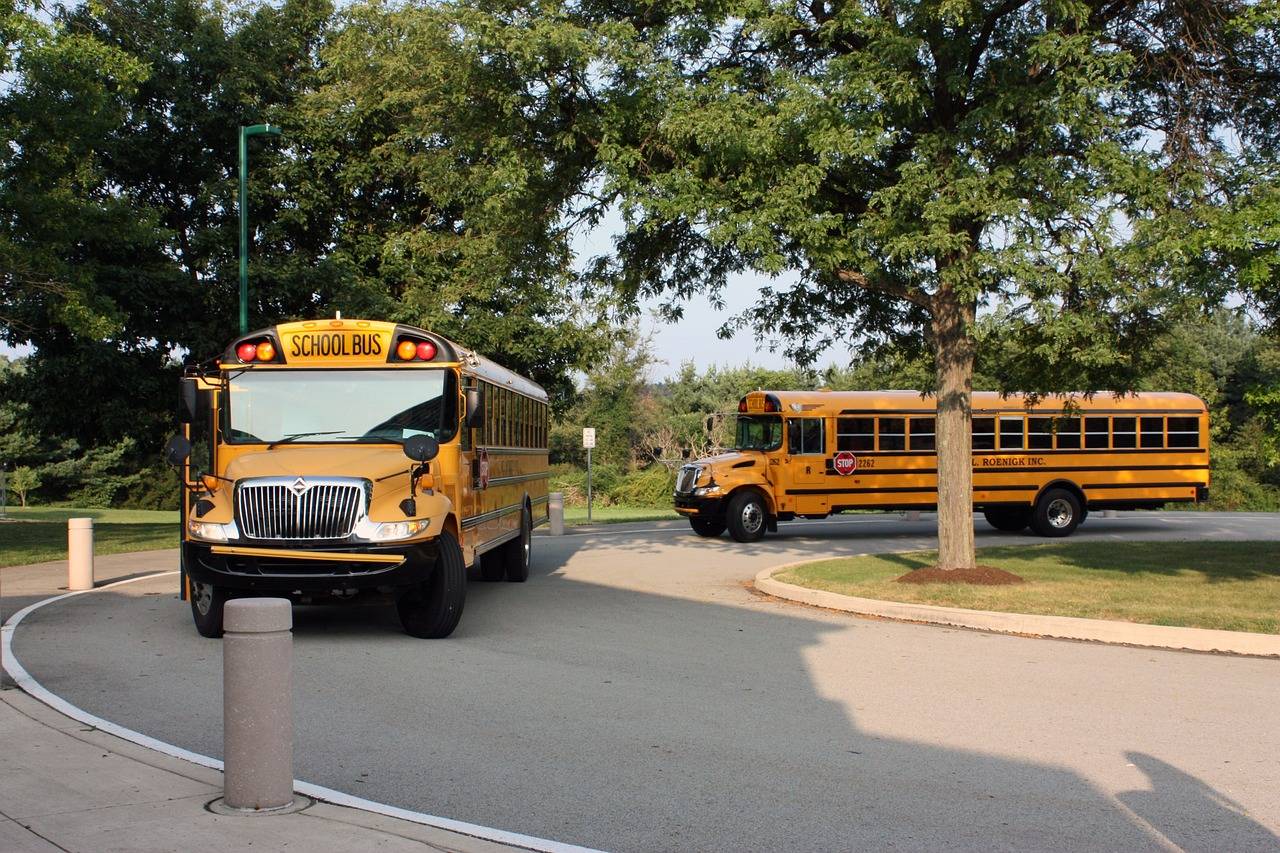Promoting Culturally Sustaining Pedagogy in Diverse Classrooms
Culturally sustaining pedagogy emphasizes the importance of honoring and celebrating the diverse cultural backgrounds of students within the educational setting. It involves creating a learning environment that not only respects but actively incorporates the cultural identities of students into the curriculum and teaching practices. By recognizing and valuing the cultural differences present in the classroom, educators can enhance student engagement, motivation, and overall academic success.
This approach encourages educators to move beyond a one-size-fits-all approach to teaching and instead adopt strategies that are responsive to the unique needs and experiences of each student. By incorporating culturally relevant content, perspectives, and practices into their teaching, educators can create a more inclusive and empowering learning environment for all students. Ultimately, culturally sustaining pedagogy aims to promote equity, diversity, and social justice in education by ensuring that all students feel seen, heard, and valued.
Understanding Diversity in the Classroom
In today’s diverse classrooms, educators face the complex task of valuing and recognizing the cultural differences present among their students. It is imperative for teachers to create a supportive and inclusive learning environment that celebrates the unique backgrounds, beliefs, and experiences of each learner. Embracing diversity in the classroom not only cultivates a sense of belonging for all students but also fosters a deeper understanding and respect for various cultures within the educational setting. By acknowledging and appreciating the diverse perspectives and identities of their students, educators can create a more enriching and engaging learning experience for everyone involved.
Recognizing and Valuing Cultural Differences
In the educational landscape, it is essential to embrace and celebrate the diverse cultural backgrounds of students. By acknowledging the various customs, traditions, and perspectives that each student brings into the classroom, educators can create an inclusive and welcoming environment for all learners. Recognizing and valuing cultural differences not only fosters a sense of belonging among students but also enriches the overall learning experience by promoting empathy, understanding, and respect among peers.
Cultural differences can manifest in various ways, from language and dietary preferences to familial dynamics and belief systems. It is imperative for educators to be attuned to these differences and incorporate them into the curriculum in meaningful ways. By integrating diverse perspectives and experiences into lessons and discussions, teachers can help students see the world from a broader lens and develop a deeper appreciation for the uniqueness of each individual’s cultural heritage.





